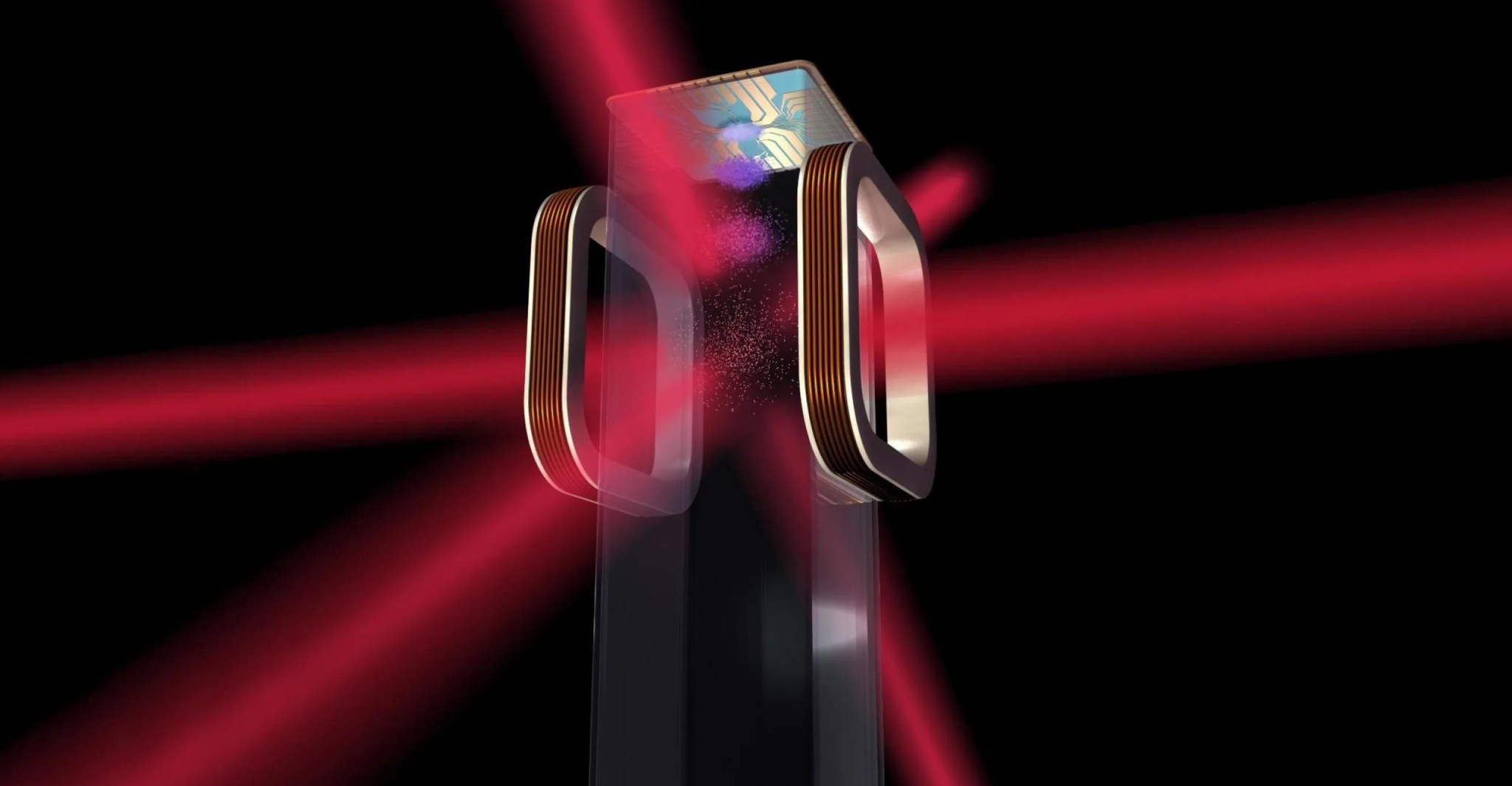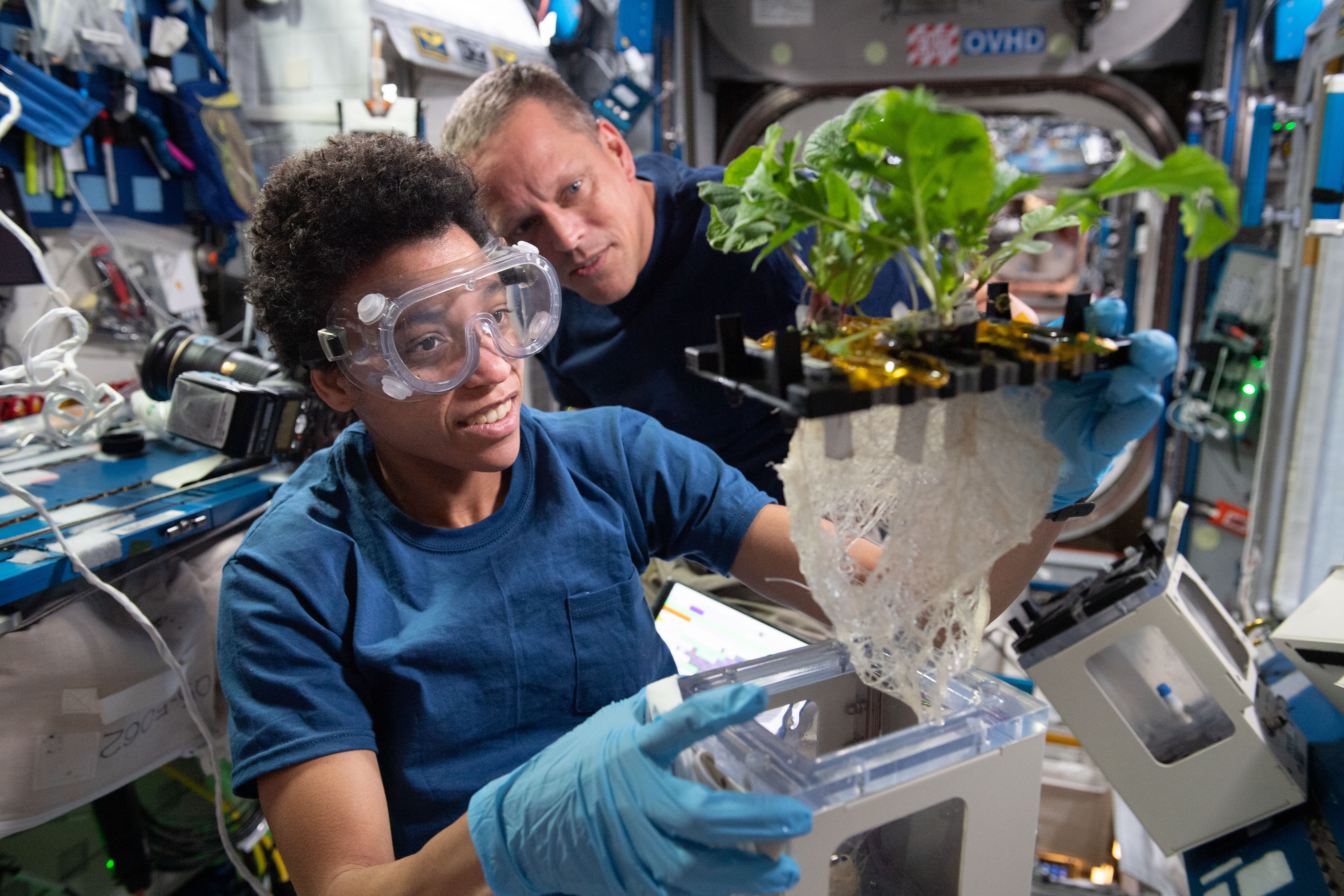NASA’s Fundamental Physics Program has selected seven proposals submitted in response to the Research Opportunities in Space and Earth Sciences - 2022 (ROSES-2022) E.6 Fundamental Physics call for proposal.
Three of the selected projects will involve performing experiments using the Cold Atom Laboratory (CAL) aboard the International Space Station (ISS). Four of the selected proposals call for ground-based research to help NASA identify and develop the foundation for future space-based experiments.
The Cold Atom Laboratory (CAL) provides an opportunity to study ultra-cold quantum gases in the microgravity environment of the space station. This environment makes it possible to conduct research in a way unachievable on Earth because atoms can be observed over a longer period, and mixtures of different atoms can be studied free of the effects of gravity, where cold atoms can be trapped more easily by magnetic fields.
The selected proposals are from seven institutions in seven states, with the total combined award amount of approximately $9.6 million over a five-year period.
The Fundamental Physics Program is managed by the Biological and Physical Sciences Division in NASA's Science Mission Directorate. This program performs carefully designed research in space that advances our understanding of physical laws, nature's organizing principles, and how these laws and principles can be manipulated by scientists and technologies to benefit humanity on Earth and in space.
Below is the complete list of the selected proposals, principal investigators, and their organizations:
- Nicholas Bigelow, University of Rochester, “Consortium of Ultracold Atoms in Space”
- Shimon Kolkowitz, University of Wisconsin, Madison, “Developing new techniques for ultra-high-precision space-based optical lattice clock comparisons”
- Vladimir Malinovsky, United States Department of the Army, “Tractor atom interferometer for fundamental physics, quantum sensing, and space science applications”
- Makan Mohageg, Jet Propulsion Laboratory, “Teleportation of atomic states between Earth and space”
- Nathan Lundblad, Bates College, “Quantum dynamics of ultracold bubbles”
- Igor Pikovski, Stevens Institute of Technology, “Atomic quantum networks on curved space-time”
- Cass Sackett, University of Virginia, Charlottesville, “AS-PHYS-Bloch Oscillations in Microgravity LOI”


































